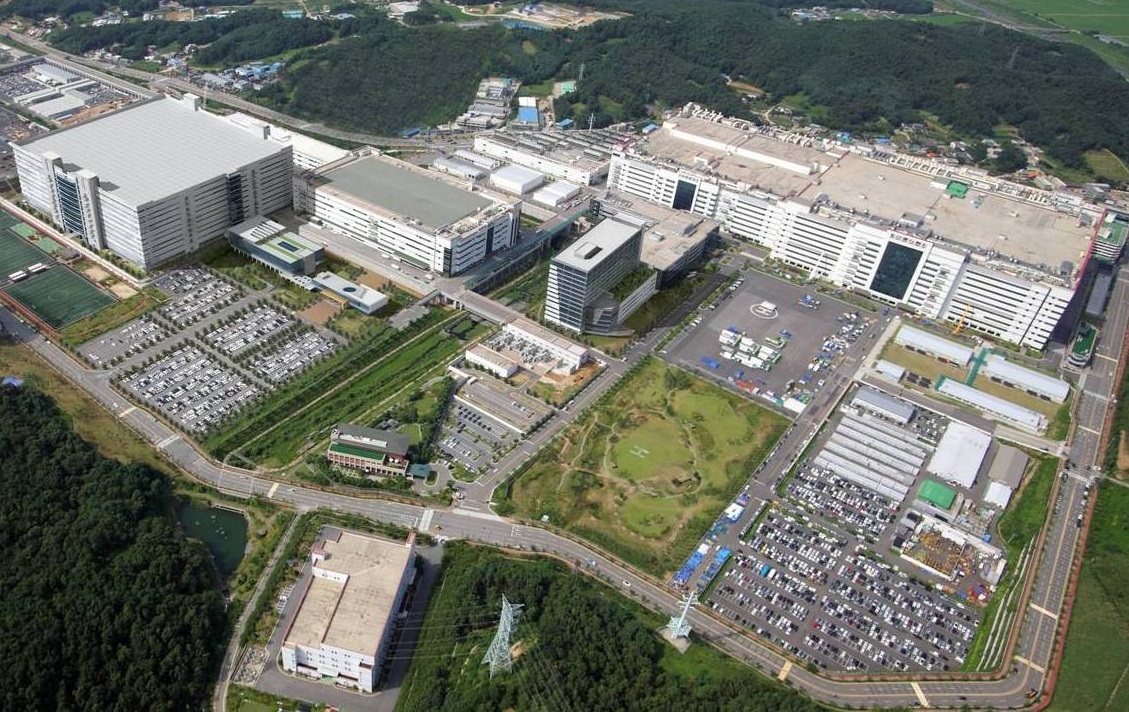Google to offer 1trillion won to help LG Display increase OLED capacity
While still in the clarification stage, as the Korean Stock Exchange has asked for direct clarification, the story that Google (GOOG) has offered 1 trillion won ($874m US) to help LG Display (LPL) increase its output of small panel OLED displays is circulating through the Korean media. The purpose of the proposed investment would be to insure a stable supply of flexible OLED displays for Google’s Pixel smartphone line which was released in October 2016. Neither company has made comments and sources quoted remain unnamed.
According to original article published in etnews, the offer was not based on panel purchase numbers, volumes, or specifications, such as the one between Apple (AAPL) and Samsung Display (pvt), which is also under continued speculation in the trade press, but a ‘strategic relationship’ to ‘secure priority’ and ‘stabilize panel supply and demand’. That said, the focus would be on the construction of a Gen 6 flexible OLED line by LG Display to provide guaranteed access to Google, whose Pixel smartphone faced OLED display shortages last year.
LG Display currently has a number of OLED projects both producing, and under construction, but the company’s primary focus has been on developing capacity for its OLED TV business, which is based on rigid OLED displays using a metal foil substrate on Gen 8 production lines. LG Display also produces flexible small panel OLED products on its E2 Gen 4 line, and is developing both E5 and E6 flexible OLED lines that are expected to begin preliminary production later this year and is developing a Gen 10 fab that is expected to be able to produce both LCD and OLED displays. LG Display’s Paju display complex is ~5 mi from the North Korean DMZ and less than 20 miles from the North Korean Capital of Pyongyang.
In most cases, contracts between brands and panel producers are based on a percentage of capacity rather than on actual unit volumes. Panel producers can never actually guarantee an absolute number of units over a specific time due to the large number of variables that can cause delays such as low factory utilization, material shortages, unusually difficult specifications, and unknown product yields, but the commitment to build out capacity is certainly made easier knowing that a commitment to a significant portion of a new fab’s output will be guaranteed. That said, LG Display would have to be at least somewhat confident that it could fill the fab before making such a significant commitment, despite the financing, which in itself, would not be enough to build a reasonably sized flexible OLED fab. This would add to LG Display’s risk level, financing burden, and potential for future shortfalls should Google not be as successful as expected. While seeming an attractive offer, the decision process for such a venture is a complex one, and while the press can spin it as a competitive threat to Samsung Display/Apple or other potential combinations, if one looks at other ‘financed’ ventures, such as Apple’s funding of GT Advanced Technologies’ (GTAT) sapphire manufacturing facility or Sharp’s (6753.JP) Gen 10 fab, it’s not as easy a decision as most might think.

 RSS Feed
RSS Feed